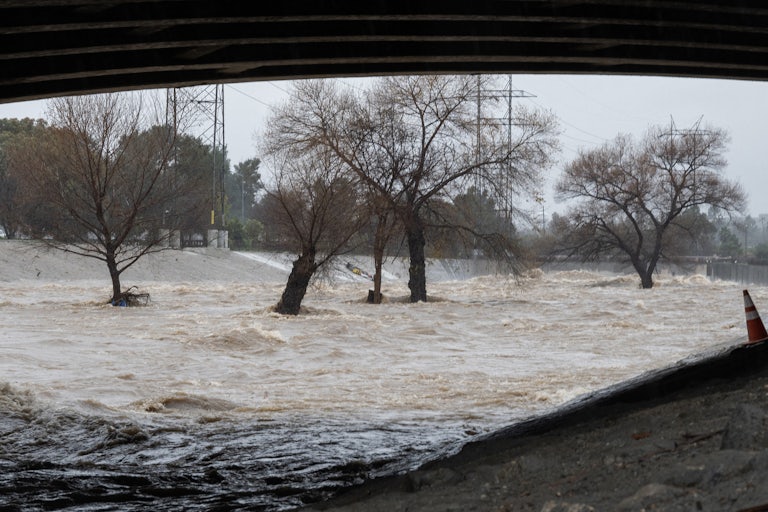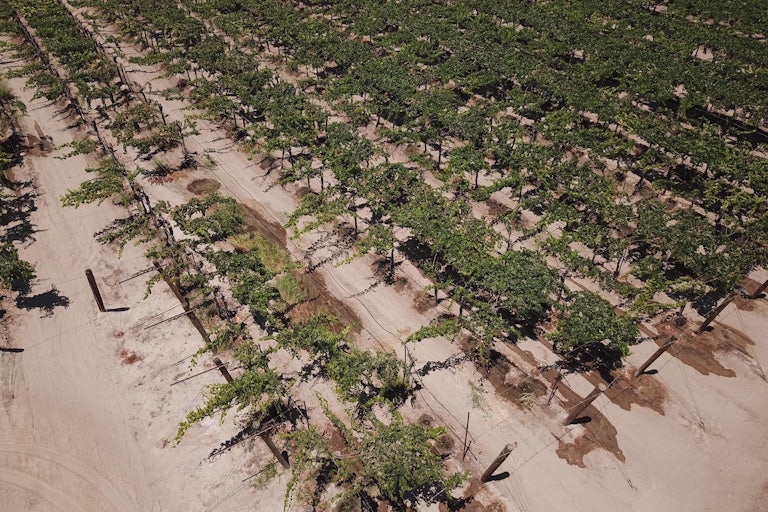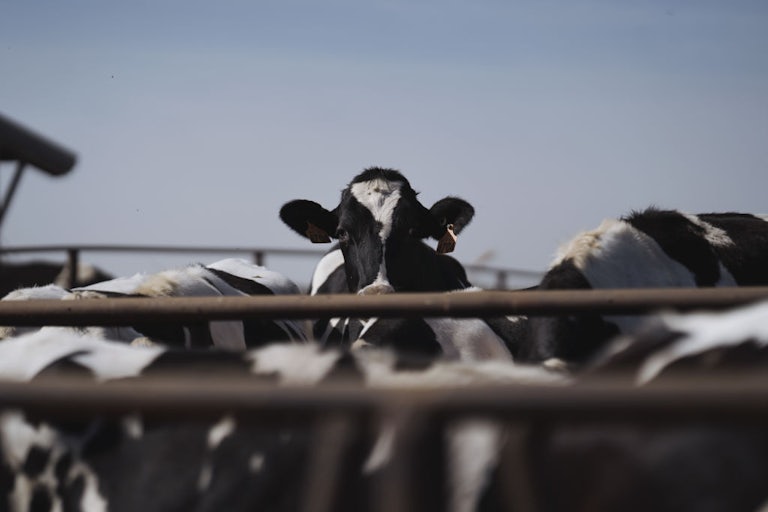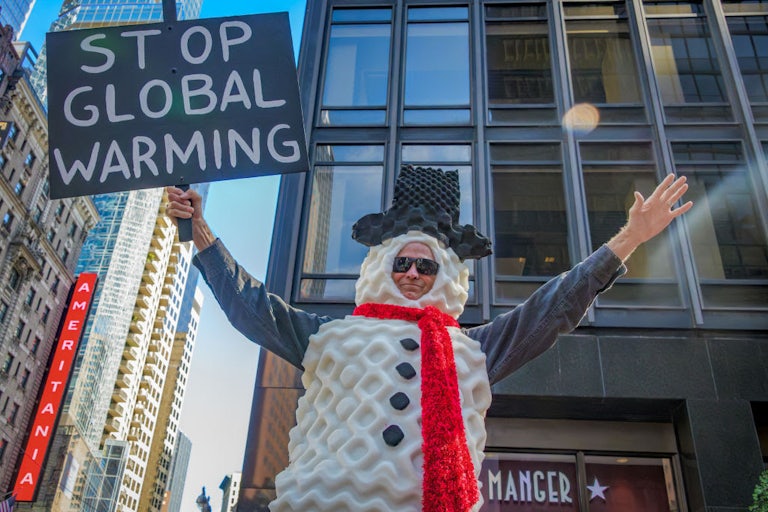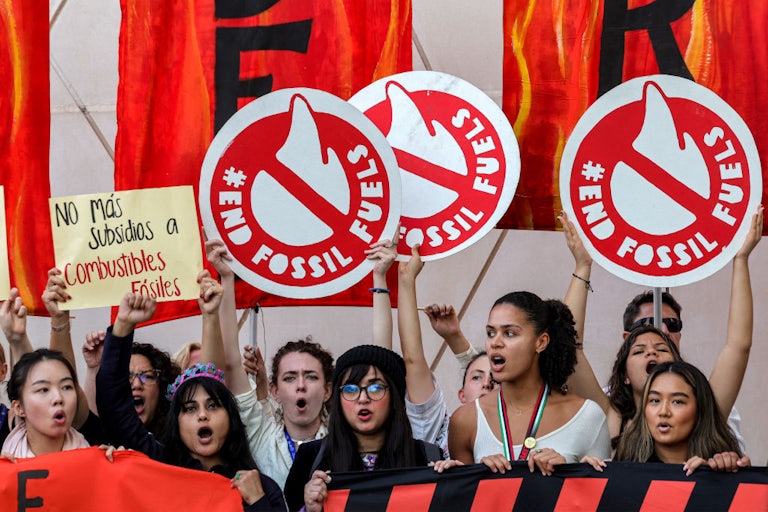Politicians Need to Talk About Air Pollution and Alzheimer’s
A new study links fine particulate matter pollution to the incurable disease. But American industry will fight any attempt at regulation.
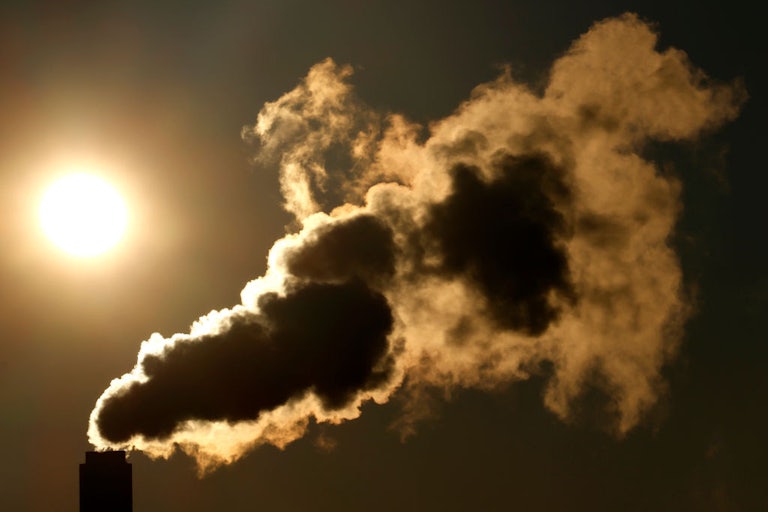
Last week, researchers at Emory University’s Rollins School of Public Health published a disturbing study linking air pollution to Alzheimer’s disease. Examining brains donated to research, they found that people who’d lived in areas with a lot of a certain type of air pollution had higher amounts of the plaque associated with Alzheimer’s disease than those who’d been exposed to less pollution. And the association between air pollution and plaque was particularly strong for people who lacked the genetic markers indicating a predisposition to Alzheimer’s disease.
You might be relieved, therefore, to learn that the Environmental Protection Agency just finalized its new, tougher standard for precisely this type of air pollution. But considering the problem solved would be a mistake: Business groups are fighting the regulation tooth and nail, preparing to challenge it in the courts as well as via lobbying and, presumably, political donations. “The new pollution limits could cause election-year complications for President Biden,” The New York Times’ Lisa Friedman wrote.
The air pollution the Emory researchers were studying is called fine particulate matter, which is produced by cars, cigarettes, industrial emissions, and wildfires, to name a few sources. This is not the first time fine particulate matter pollution has been linked to Alzheimer’s and other forms of dementia. Analysis using data from the Medicare Chronic Conditions Warehouse found a similar association, with “traffic and fossil fuel combustion sources” being “particularly” associated with higher levels of dementia and Alzheimer’s.
Nor is it the first evidence that fine particulate matter can cause serious health problems. This kind of pollution has been linked to heart disease, heart attacks, asthma, premature deaths, and low birth weight. The EPA therefore estimates that its new standard would prevent 4,500 premature deaths per year.
Industry groups insist that the EPA’s rule would impede American manufacturing; cement industry representatives, for example, reportedly have threatened that the rule would lead to layoffs. (That’s despite the fact that the EPA’s rule, lowering the permissible amount of annual fine particulate matter exposure from 12 micrograms per cubic meter of air to nine, isn’t even as stringent as public health experts recommended.)
Findings like those in this new Alzheimer’s study theoretically offer a way to counter political opposition to tougher air quality standards. Alzheimer’s consistently ranks as one of the most feared diseases in the United States, in some polls beating cancer. Poll after poll, both in the U.S. and abroad, suggests that people fear dementia way more than they fear heart attacks or asthma, which are the risks typically invoked when we’re talking about air quality. While it’s worth emphasizing that there’s still a lot researchers don’t know about the association between pollution and Alzheimer’s—it’s going to be hard to definitively establish a causal relationship—it’s conceivable that a lot more people would support tougher air quality standards if elected officials put these kinds of studies on the table and said, “Look, do you really want to err on the side of industry on this one?”
And yet, you probably aren’t going to see politicians talking about this study and using it to defend the EPA rule on the campaign trail this year. The presidential front-runners in both parties have been accused of being old and disoriented, and there is zero chance that President Biden will defend his EPA’s new rule by mentioning the word “Alzheimer’s.”
But particularly because air pollution is very hard for people to wrap their minds around—very hard to turn into a sound bite—it’s important for voters to understand how rapidly scientific evidence is accumulating around its health risks: Two new studies recently reported by The Guardian found that “there is no safe amount” of fine particulate matter air pollution. Every additional amount in the air increases the risk for human hearts and lungs. The preliminary research on the Alzheimer’s link is completely consistent on this score: One study published in 2023 found “largely linear concentration-response relationships at low concentrations” of fine particulate matter pollution, with the authors emphasizing that this suggests there is “no safe level of air pollution for brain health.”
Fossil fuel combustion isn’t the only source of fine particulate matter pollution, of course. Wildfires are now a huge factor in poor air quality as well. And some industry groups have already used this to argue that the EPA’s new rule is unfair and will be ineffective.
But wildfires are, in turn, exacerbated by the climate change that fossil fuel combustion is driving. There’s more than enough evidence, at this point, for policymakers to pull the levers available to them to reduce air pollution and the processes that cause it, regardless of what the businesses that profit off that pollution have to say about it. Because it’s no longer acceptable to claim ignorance.
Good News/Bad News
![]()
South Korea’s carbon cap-and-trade system isn’t working. Not only has it failed to reduce industrial pollution, but polluting companies are actually profiting from the program.
Stat of the Week
2.5 million
That’s how many people in the United States were displaced from their homes by extreme weather disasters last year, according to new data.
What I’m Reading
Recent reports suggest the electric vehicle transition is stalling, writes Sammy Roth in the excellent Boiling Point newsletter at the Los Angeles Times. But “I’m more concerned,” he writes, “by our seeming inability in modern society—or at least in modern California—to transition quickly away from the personal automobile as the One True Mode of transportation.” Roth points to the example of New York City road building, narrated in Robert Caro’s biography of urban planner Robert Moses:
Three major roadways connecting New York City and Long Island opened in 1936, Caro writes, “bringing to an even one hundred the number of miles of parkway constructed by Moses.” A newspaper editorial “opined that the new parkways would, by relieving the traffic load on [existing parkways], solve the problems of access to Moses’ Long Island parks ‘for generations.’”
Alas, Caro writes, “the new parkways solved the problem for about three weeks.” There were terrible traffic jams almost immediately—not only on the new roads, but also on existing roads.
Moses’ solution? Build more roads. Which he did, again and again, even as the problem repeated itself.… And yet here we are nearly a century later in the nation’s most forward-looking state, still debating whether “induced traffic” is a real thing. It most definitely is, as L.A. Times transportation reporter Rachel Uranga has made extremely clear in her stories. But that hasn’t stopped California from continuing to approve freeway-widening projects that promise to spew air pollution into low-income communities of color—and carbon into the atmosphere—while doing little or nothing to reduce traffic.
Read Sammy Roth’s full newsletter at Boiling Point.
This article first appeared in Life in a Warming World, a weekly TNR newsletter authored by deputy editor Heather Souvaine Horn. Sign up here.

